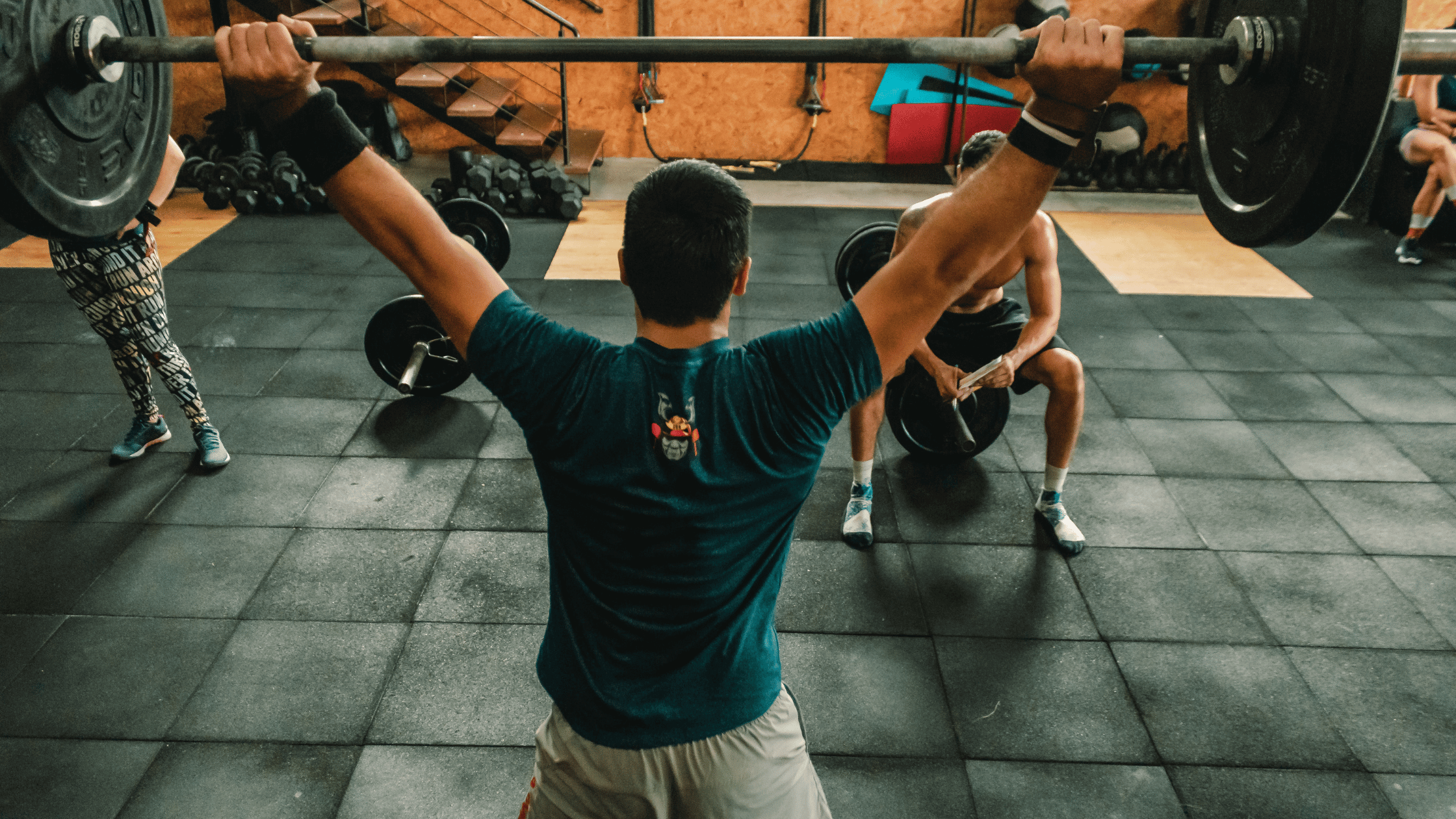Preventing CrossFit Injuries for Optimal Performance and Safe Training

Physical Therapist, PT, DPT // EW Motion Therapy Trussville
CrossFit, a high-intensity fitness program, has gained immense popularity in recent years for its ability to deliver impressive results. However, like any demanding physical activity, CrossFit carries the risk of injury. Understanding the common injuries associated with CrossFit and implementing preventative measures can help athletes train safely while achieving their fitness goals. Our physical therapists at EW Motion Therapy love working with athletes to help them thrive in CrossFit while preventing injuries. Even if you decide that our services don’t fit your needs, you can still read on as we explore some of the most prevalent CrossFit injuries and provides actionable tips for injury prevention and safe training practices.
Understand the risks
Recognizing the most common injuries in CrossFit is essential to ensure safe and practical training. These injuries often result from overuse, improper form, or inadequate recovery. Some common injuries include:
- Rotator cuff tears and shoulder impingement: Overhead movements like snatches and overhead presses can strain the shoulder joint and lead to rotator cuff injuries.
- Lower back strains: Heavy lifting and improper form during deadlifts and squats can put excessive stress on the lower back, leading to strains or sprains.
- Knee injuries: Exercises like box jumps and heavy squats can contribute to knee problems, including patellar tendonitis or meniscus tears.
- Achilles tendonitis: High-impact exercises, such as running and jumping, can strain the Achilles tendon and result in pain or inflammation.
Prioritize technique and form
Proper technique and form are vital to injury prevention in CrossFit. Consider the following tips:
- Seek professional guidance: Work with certified CrossFit coaches who can provide instruction and advice on the proper form for each exercise.
- Start with proper progression: Begin with lighter weights and gradually increase the load as your strength and form improve. Rushing into heavier weights without sustainable progression increases the risk of injury.
- Focus on core stability: A strong core stabilizes your spine and helps prevent lower back injuries. Incorporate exercises that target your core, such as planks and hollow holds, into your training routine.
Recovery and rest
Allowing sufficient time for recovery and rest is crucial for injury prevention:
- Incorporate rest days: Alternate intense workout days with active recovery or complete rest days. This approach gives your body time to repair and rebuild muscle tissues.
- Adequate sleep: Aim for 7-9 hours of sleep each night. Sleep is essential for muscle recovery, hormone regulation, and overall health.
- Listen to your body: Pay attention to any warning signs of fatigue, pain, or discomfort. Pushing through extreme fatigue or ignoring persistent pain can lead to injuries. Modify workouts or take rest days when needed.
- Nutrition: Be sure to prioritize adequate caloric intake and rebuilding muscle during recovery, including cutting sugar and adding lean protein.
Mobility and flexibility
Improving mobility and flexibility can significantly reduce the risk of injury in CrossFit:
- Dynamic warm-ups: Prioritize dynamic stretching and warm-up exercises before each workout. This helps increase blood flow, loosen muscles, and improve joint mobility.
- Regular stretching: Incorporate static stretching after your workouts or during your rest days to improve flexibility and prevent muscle imbalances.
- Foam rolling and mobility exercises: Utilize foam rollers, lacrosse balls, and other mobility tools to release muscle tension and improve joint range of motion.
Gradual progression and scaling
Avoid the temptation to push yourself too hard, too soon. Gradual progression and proper scaling are essential for injury prevention:
- Know your limits: Listen to your body and respect your fitness level. Gradually increase the intensity, duration, and complexity of workouts over time.
- Scale appropriately: Modify workouts to suit your abilities. Reduce weights, repetitions, or range of motion until you have developed the strength and technique to perform the movements safely.
CrossFit offers an incredible opportunity for improving strength, endurance, and overall fitness. By understanding the common injuries associated with CrossFit and implementing preventative measures, you can minimize the risk of injury and train safely. Prioritize technique, practice proper form, and focus on recovery and mobility. Remember, your long-term fitness journey relies on staying injury-free, so prioritize safety. A physical therapist can often be an excellent resource to help you prevent and recover from injuries - we consider it a privilege to do this for our clients at EW Motion Therapy. If you are curious about what else physical therapy can do for you, click the button below to download our answers to 20 frequently asked questions.


